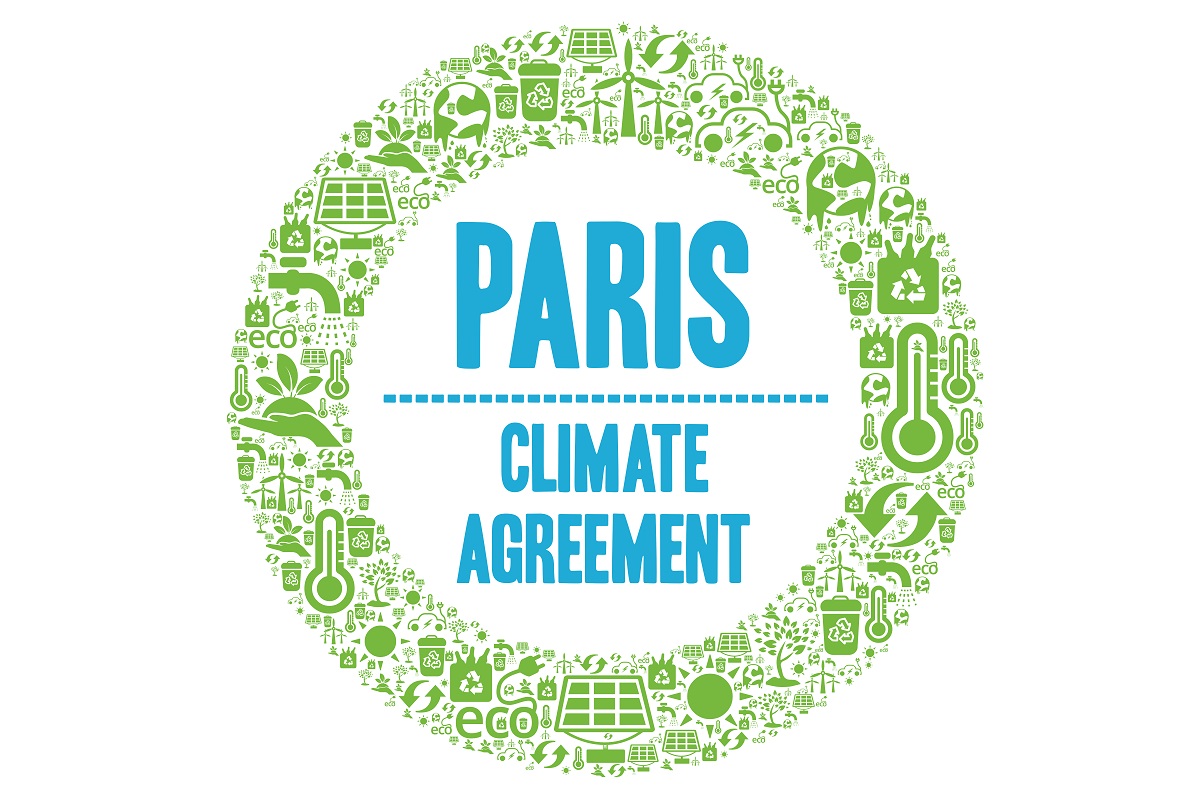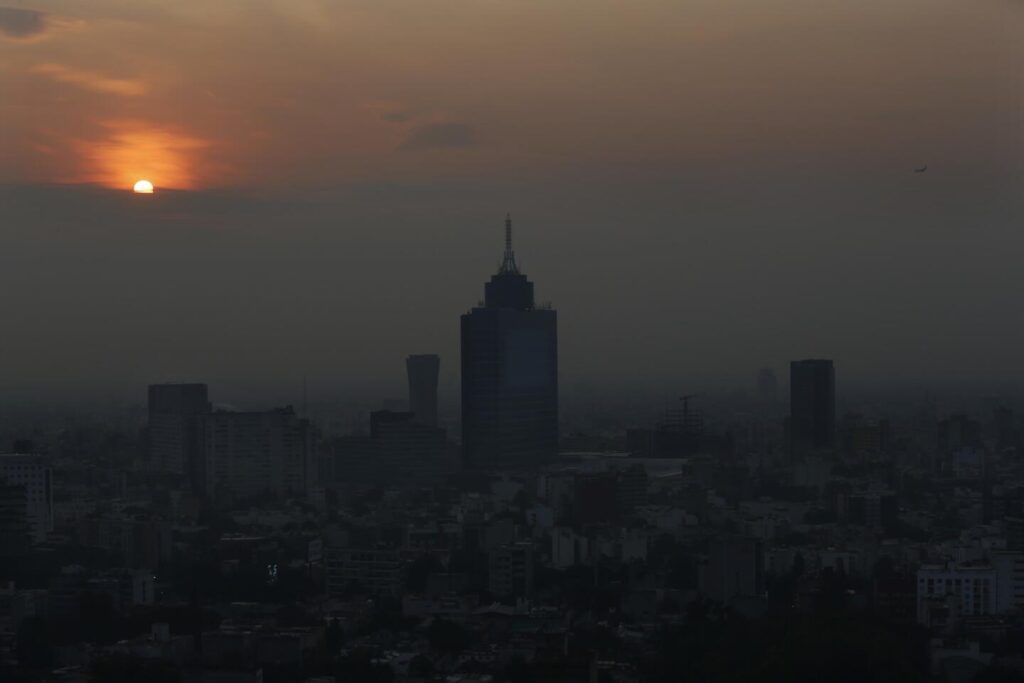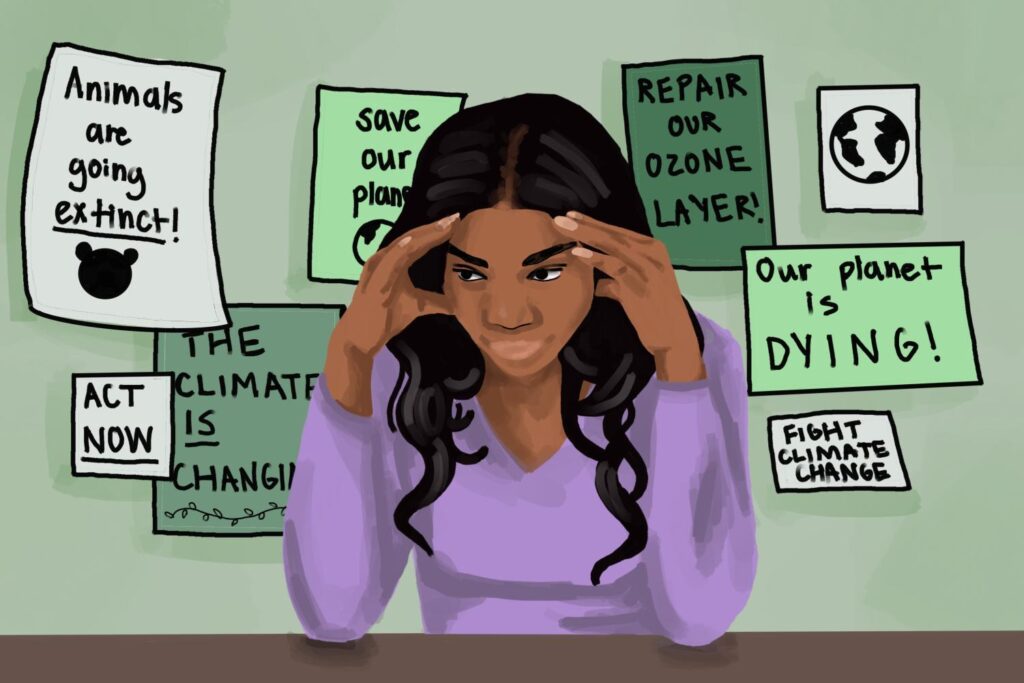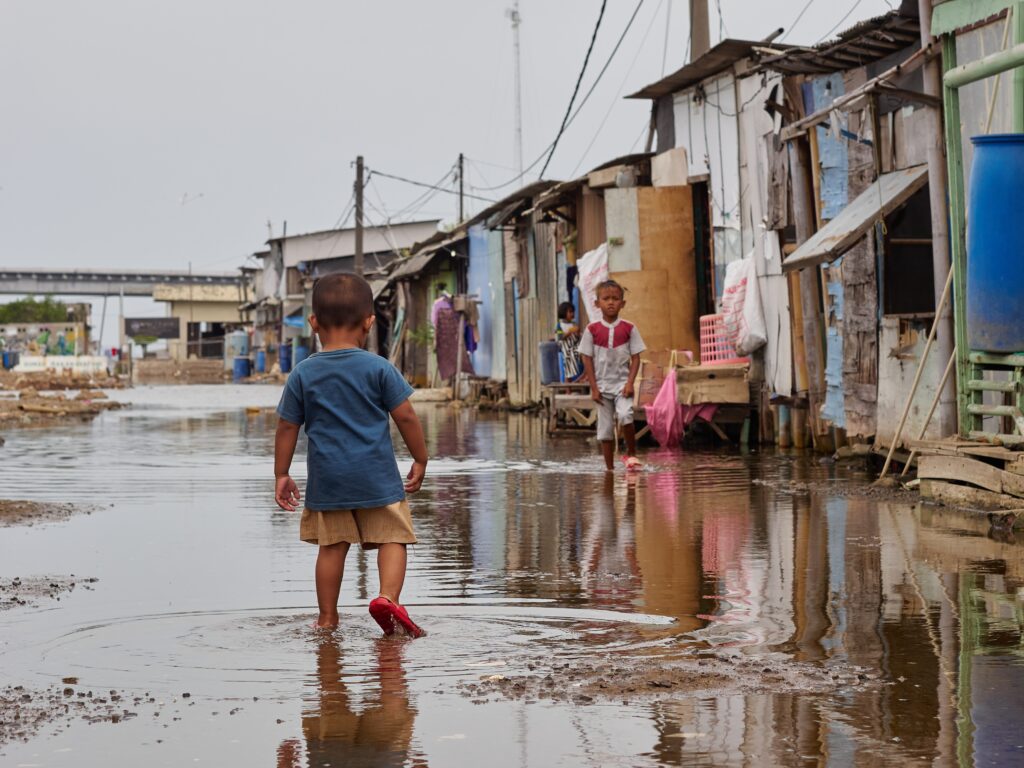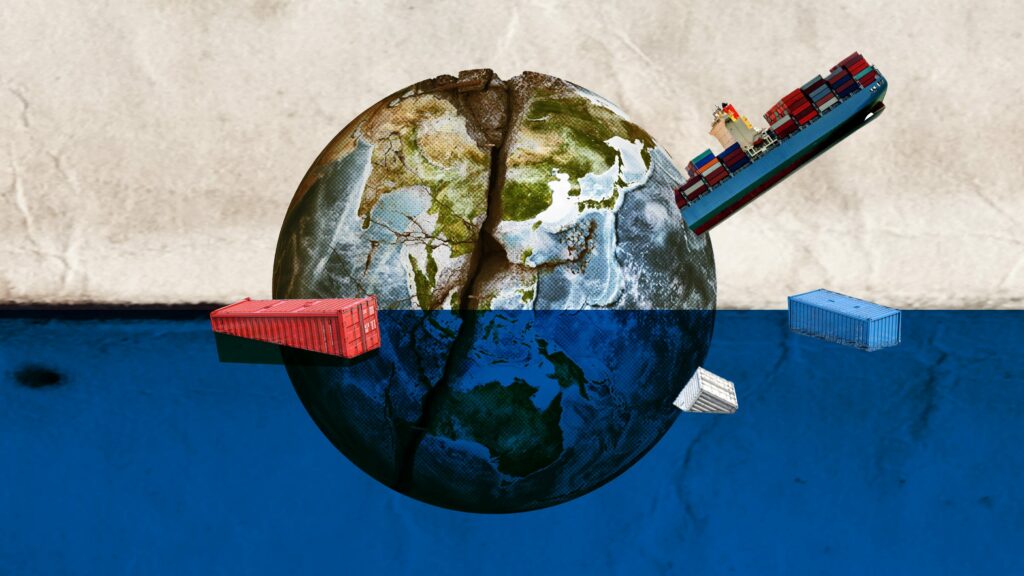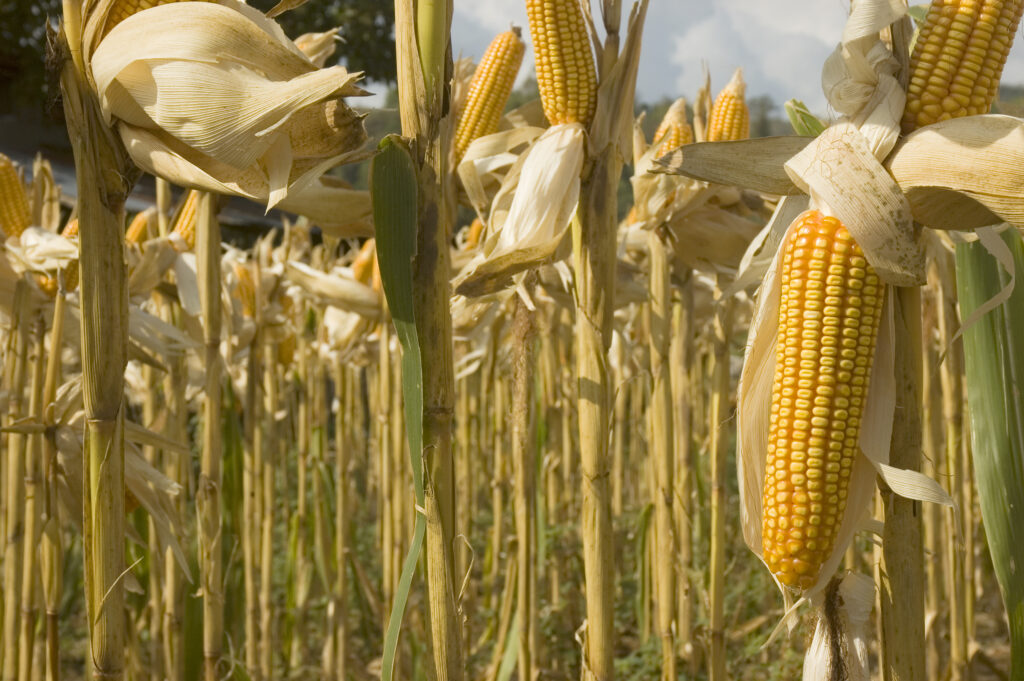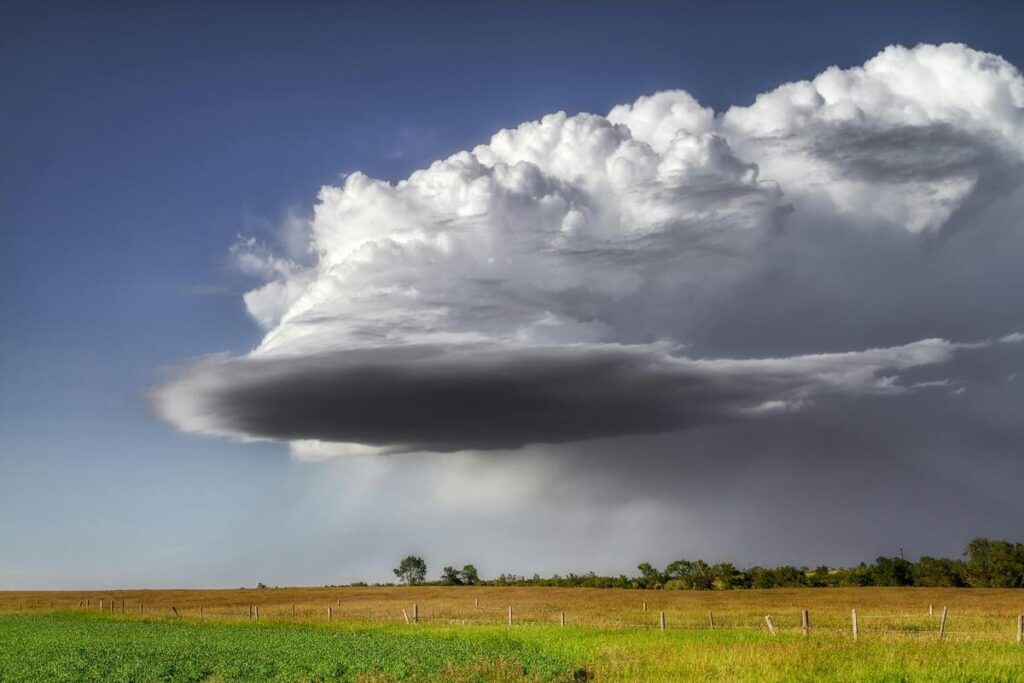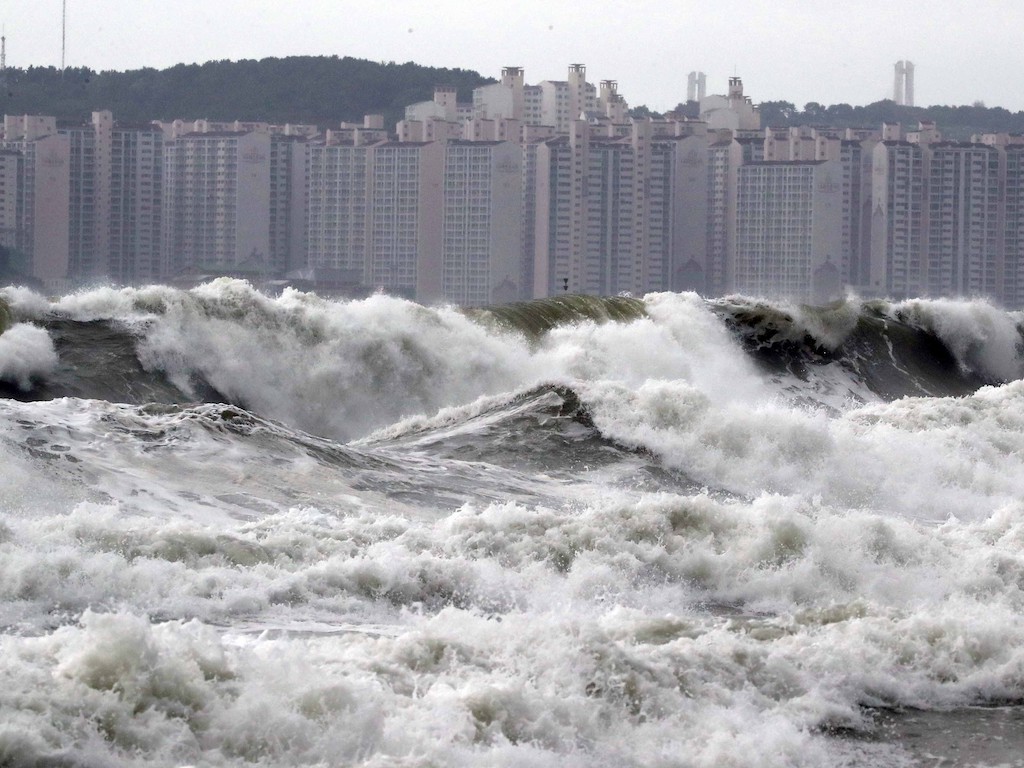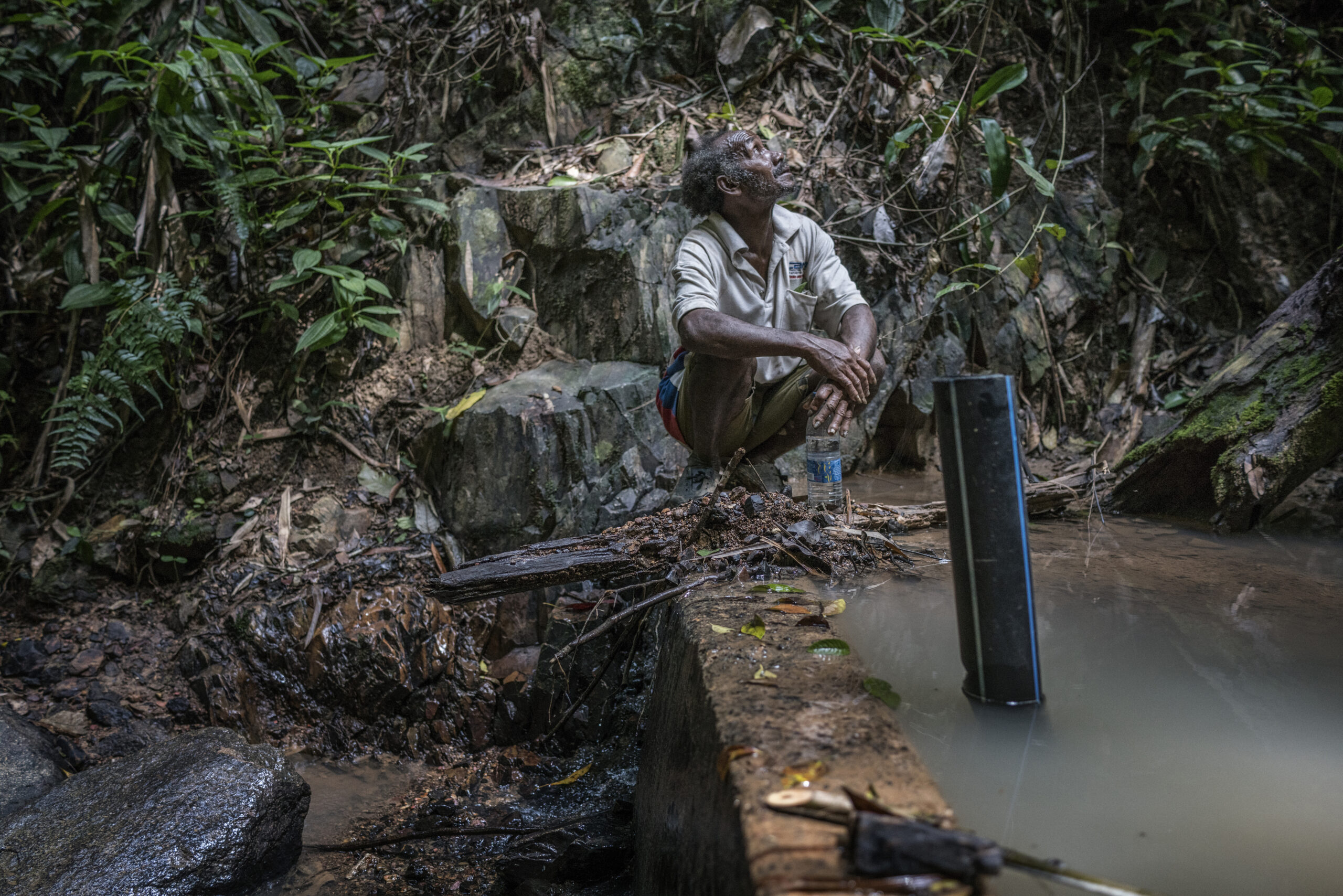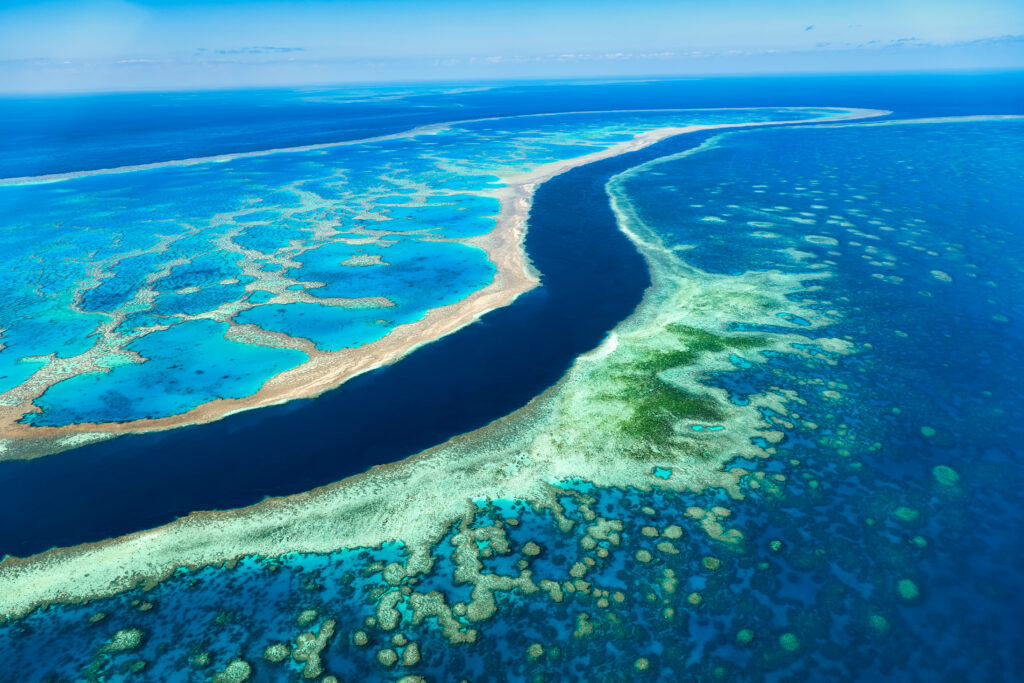What is the Paris Climate Agreement, and why is it the cornerstone of global climate action? Adopted by consensus at COP21 in 2015, the Paris Agreement is a legally binding treaty designed to combat climate change by limiting global warming to well below 2°C, with a goal of staying under 1.5°C. The Paris Climate Agreement turns those numbers into a practical roadmap by requiring transparent reporting, regular progress reviews and a constant ratcheting up of national ambition.
With nearly every country on board, it is the leading document guiding global climate action. However, almost a decade later, progress remains uneven and time is running out.
Origins and Core Principles of the Paris Agreement – UN Framework Convention on Climate Change (UNFCCC)
The Paris Agreement is now ratified by 195 countries and is part of the broader United Nations Framework Convention on Climate Change (UNFCCC).
Part of its genius lies in its use of a bottom-up approach. Countries set their own goals for reducing greenhouse gas emissions, known as Nationally Determined Contributions (NDCs). Countries must report progress through a common transparency framework and submit a tougher pledge every five years — the “ratchet mechanism”.

Key Pillars
- Science-based temperature guardrails: The 1.5 °C goal reflects the IPCC’s landmark 2018 Special Report, which shows that half a degree of extra warming dramatically multiplies extreme-weather risks.
- Bottom-up NDCs, top-down accountability: Countries choose their targets but must follow standard accounting rules and allow expert review, creating peer pressure without enforcement.
- Article 6 market mechanisms: Voluntary carbon-credit trading standards agreed upon at COP 29 are finally taking shape as a UN-backed global carbon market.
Climate Finance and Support for Developing Countries
Importantly, the Paris Agreement is grounded in the principle of “common but differentiated responsibilities and respective capabilities” (CBDR-RC). This recognises the historic responsibility for emissions of developed countries and aims to provide developing nations with the flexibility and support needed to tackle climate change and pursue efforts to achieve sustainable growth. These developing countries are typically both the least responsible for emissions and the most vulnerable to climate impacts.
Funding for Climate Adaptation and Mitigation
One of the key challenges to climate action in the developing world is securing funding. To help close this equity gap, developed nations initially pledged to provide developing nations with USD 100 billion per year by 2020. This goal was finally reached in 2022 when world leaders from developed countries channeled almost USD 116 billion toward climate mitigation and adaptation projects (a 30% jump from 2021). However, only about one-third reached adaptation, and most were provided as loans, prompting vulnerable states to demand more grants and easier direct access.
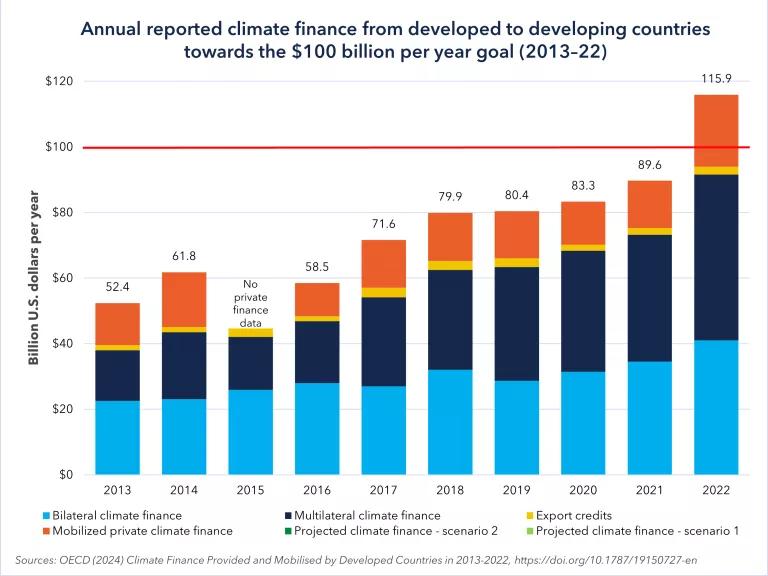
An updated funding goal was agreed upon at COP29, known as the new collective quantified goal (NCQG) for the post-2025 period. The NCQG aims to achieve a minimum of USD 300 billion per year by 2035, with a target of reaching USD 1.3 trillion annually. Reaching both goals requires governments to scale up their direct funding, and achieving the larger target will necessitate a significant increase in private sector investment.
How Far Have We Come Since 2015?
Unfortunately, the world is not on track to meet the targets set in the Paris Climate Agreement.
Emissions Trends
According to UNEP’s Emissions Gap Report 2024, global greenhouse gas emissions reached roughly 57 Gt of CO₂e in 2023, another record year. This puts the world on a trajectory of 2.6-3.1°C by 2100 if policies do not improve.
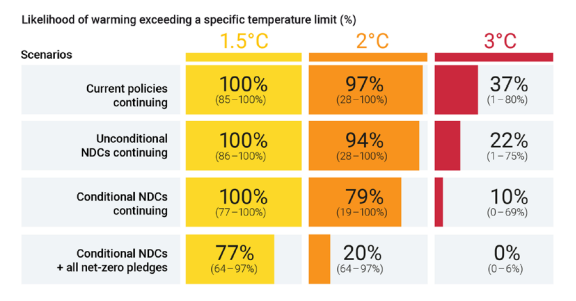
Policy Momentum
Even so, momentum is real. Approximately 145 countries have set net-zero targets, which cover around 90% of global emissions. In the energy sector, renewable additions reached a record 585 GW in 2024, a 15% year-on-year increase. However, this still falls short of the capacity tripling needed by 2030.
The First Global Stocktake
The inaugural Global Stocktake, concluded at COP28, confirmed the “ambition gap” and formally called for a global tripling of renewable energy capacity and a doubling of energy-efficiency improvements by 2030.
Barriers to Success and Implementation
Political and economic headwinds are fierce. Despite global climate pledges, global fossil-fuel consumption subsidies surged past USD 1 trillion in 2022, muting price signals for clean energy.
While developed nations finally mobilised USD 116 billion in climate finance in 2022, the flow is dominated by loans and remains skewed toward mitigation rather than adaptation. Adaptation needs in developing countries have meanwhile ballooned to USD 194 to 366 billion per year, 10 to 18 times the current public flows.
On the mitigation side, today’s aggregated NDCs still overshoot the Paris temperature goal. Compounding matters, developing economies carry USD 31 trillion in public debt and pay roughly USD 921 billion in annual interest. This is a significant burden that detracts from the already limited funding available to the developing world for green investment and climate resilience.
What Comes Next? The Future of the Paris Climate Agreement
Updated 2030 NDCs
All parties must submit a next-generation, 1.5°C-aligned NDC by COP 30 in November 2025. Sharper targets for methane, transport and industrial decarbonisation are expected.
Support For Developing Countries
The COP27 decision to establish a Loss and Damage Fund broke decades of deadlock. Operational details and new pledges are still being finalised, but progress has been made at both COP28 and COP29.
Scaling Finance and Technology
Reform of multilateral development banks and innovative tools such as blended finance and green bonds are high on the G20 agenda, alongside accelerated technology transfer deals, like Indonesia’s USD 20 billion Just Energy Transition Partnership.
Mobilising Non-state Actors
Corporate net-zero alliances (Race to Zero), city networks (C40) and hard-to-abate-sector coalitions (shipping and steel) are now viewed as essential complements to national action.
Delivering on the Paris Promise of Keeping Global Temperature Rise Under 1.5 Degrees
The Paris Climate Agreement remains one of the most ambitious cooperative diplomacy initiatives ever attempted. Yet the story is only half-written. Emissions continue to rise, finance still skews toward loans and the 1.5 °C global average temperature window is rapidly narrowing. Delivering stronger 2030 NDCs, accompanied by growing capital flows to support global climate action, is critical to the success of the Paris Climate Agreement.
Eric Koons
Writer, United States
Eric is a passionate environmental advocate that believes renewable energy is a key piece in meeting the world’s growing energy demands. He received an environmental science degree from the University of California and has worked to promote environmentally and socially sustainable practices since. Eric has worked with leading environmental organisations, such as World Resources Institute and Hitachi ABB Power Grids.
Eric is a passionate environmental advocate that believes renewable energy is a key piece in meeting the world’s growing energy demands. He received an environmental science degree from the University of California and has worked to promote environmentally and socially sustainable practices since. Eric has worked with leading environmental organisations, such as World Resources Institute and Hitachi ABB Power Grids.

